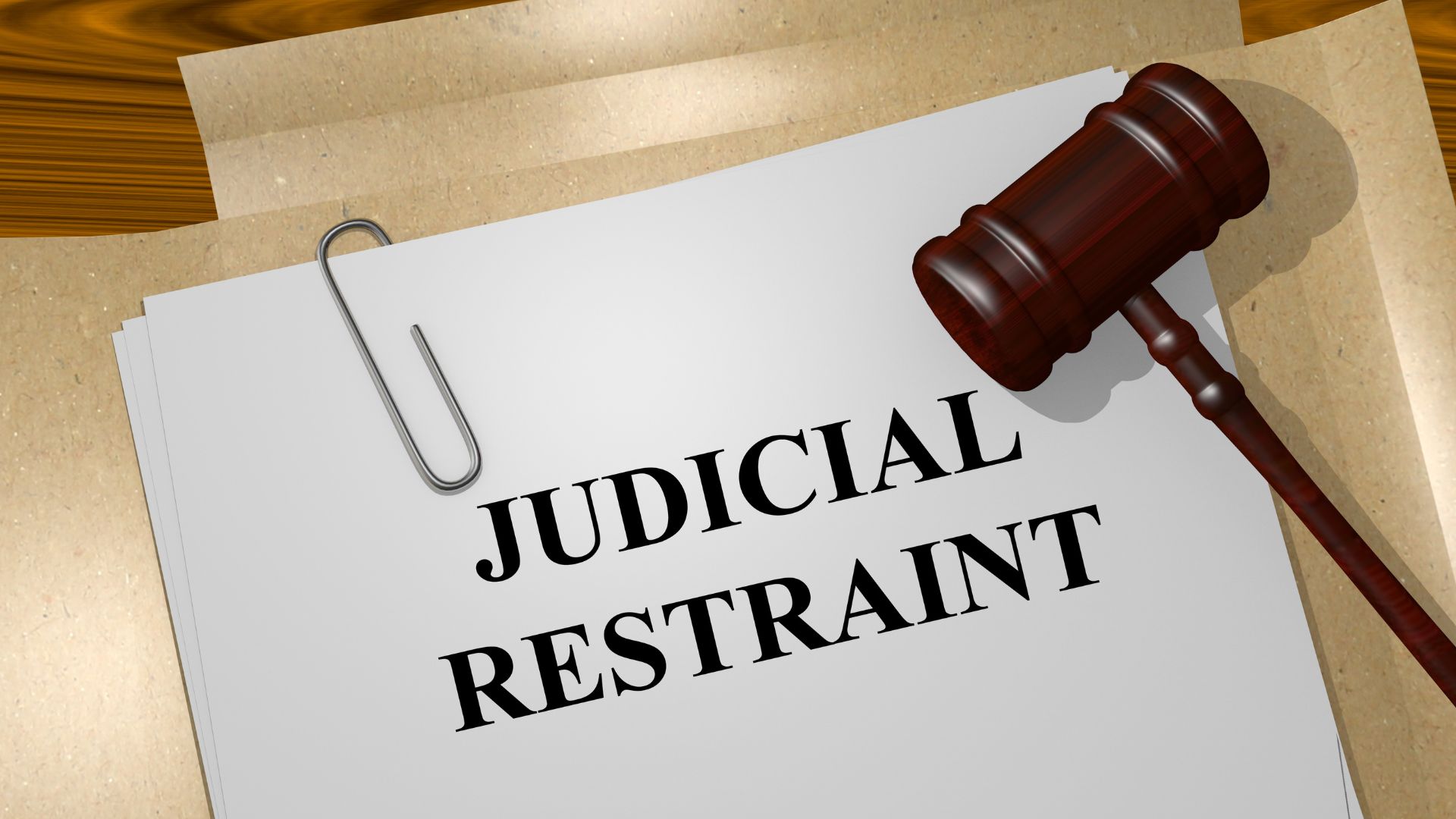In the complex world of law and justice, two contrasting perspectives often come to the forefront: judicial restraint and judicial activism. These theories, while both rooted in the judicial system, embody distinct approaches to interpreting and applying the law.
The theory of judicial restraint advocates for judges to limit the exercise of their own power. It emphasises the importance of precedent and respects the roles of other government branches. On the other hand, judicial activism encourages judges to go beyond the text of the constitution and laws, interpreting them in light of contemporary issues and values.
The Theories of Judicial Restraint and Judicial Activism Differ in What Way?
Judicial restraint primarily advocates for a less interventionist judiciary. This philosophy centres on the premise that the judiciary must refrain from influencing policy decisions, deferring to the judgement of representative bodies.
The Philosophy and Principles
The philosophy of judicial restraint espouses the belief that courts, particularly high ones, remain cautious about upsetting precedent. Promoting adherence to the rule of law, judicial restraint favours basing decisions strictly on the written law and the U.S. Constitution, for example. It promotes strict, narrow interpretation of legal texts, thereby curbing judges’ discretion.
More often, proponents argue that judges lack political legitimacy to make sweeping policy changes, given their non-elective offices. They affirm constitutional interpretation rests in the hands of elected representatives instead. Judges, they argue, stick to the original intent of laws and constitutions—even if that appears out of step with modern societal values and demands.
 Exploring Judicial Activism
Exploring Judicial Activism
Determined with the notions of justice, equality, and liberty, the discourse dives deeper into the role and theories of judicial activism in the legal framework.
The Foundations and Beliefs
Judicial activism springs from the belief that the judiciary has the mandate to address societal inequalities, even if it means veering from strict constitutional interpretation. This philosophy anchors on the adaptability of law, the capacity of courts to shape policy, and the efficacy of evolving interpretations in solving contemporary issues. For example, the legalization of same-sex marriage in America came to fruition through the courts’ interpretative power under the banner of judicial activism. Hence, it champions the idea that justice doesn’t solely lie in precedent but in the situational intricacies of the case at hand.
Consequences for Case Law
Judicial activism tends to create a dynamic case law landscape, introducing timely interpretations and precedents. In its stride, it’s the proponent of change, taking steps ahead of society in shaping norms and regulations. For instance, the reposition of abortion rights in Roe v. Wade, a pivotal case in America, demonstrated how judicial activism can significantly alter the legal landscape.
 The Key Differences
The Key Differences
Delving deeper, the theories of judicial activism and judicial restraint aren’t merely differing opinions but fundamentally distinct approaches in the world of judiciary. Here are key contrasts:
Approach to Constitutional Interpretation
Activist judges interpret the constitution dynamically, using a modern lens to adapt the text to evolving societal standards, promoting societal change. For instance, landmark judgements such as Brown v. Board of Education (1954) dismantled previous norms in the pursuit of progressive ideals. By interpreting the constitution broadly, judicial activists change legal interpretations to reflect modern society.
On the contrary, judges practising judicial restraint interpret the constitution strictly, striving to maintain stability in the legal system. They adhere closely to the specific text and historical understanding of the constitution, drawing clear boundaries to their power. An example is the Fisher v. University of Texas (2013) ruling, where the court exercised restraint in not overstepping its authority over educational institutions.
The Role of Personal Beliefs and Values
Personal beliefs and values play a distinguishing role. In judicial activism, judges often insert their personal beliefs and values into their rulings, favouring progressivity and societal adaptation. Hence, activist judges have a propensity to aid in formulating policies such as laws protecting LGBT rights, altering the legal landscape.
